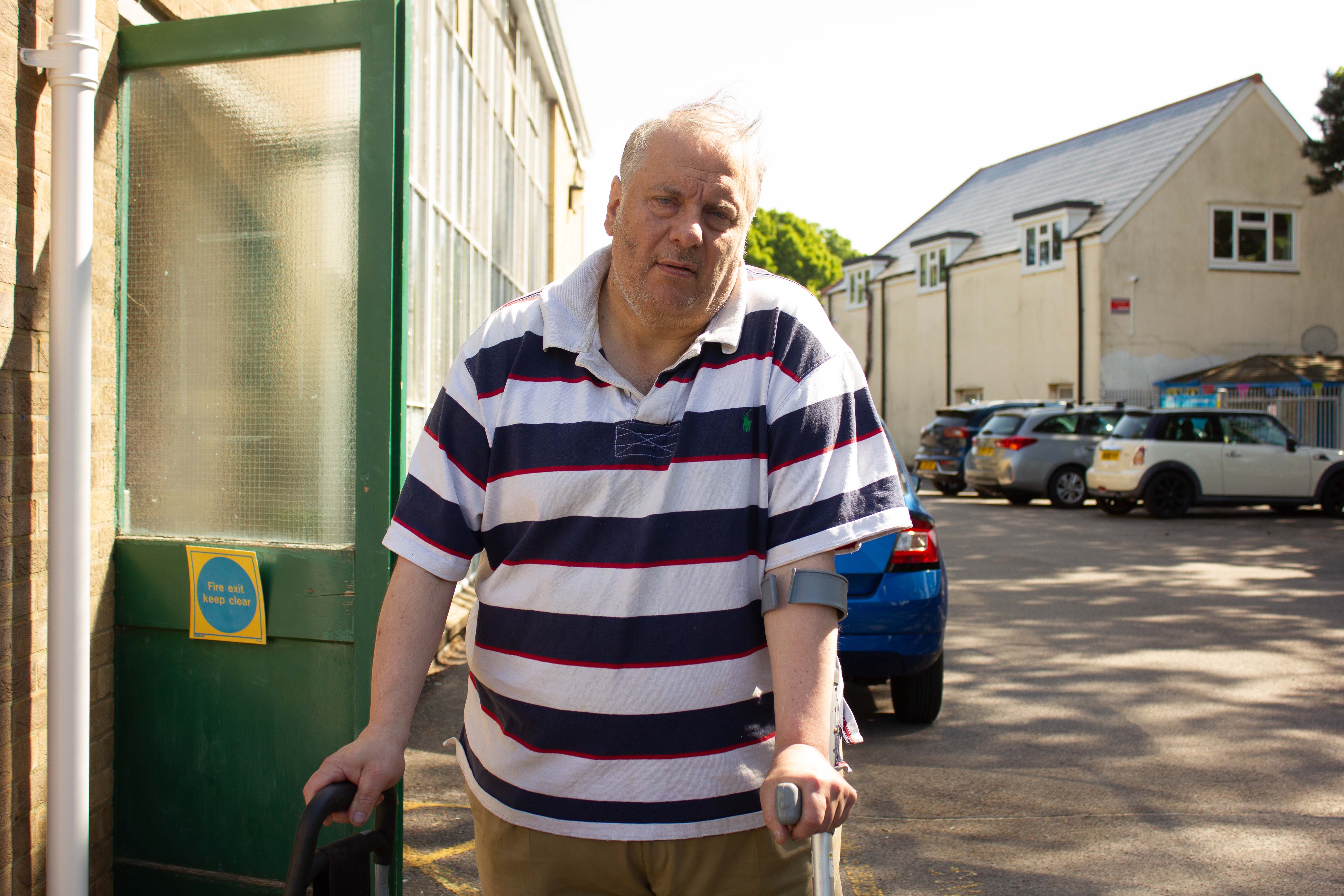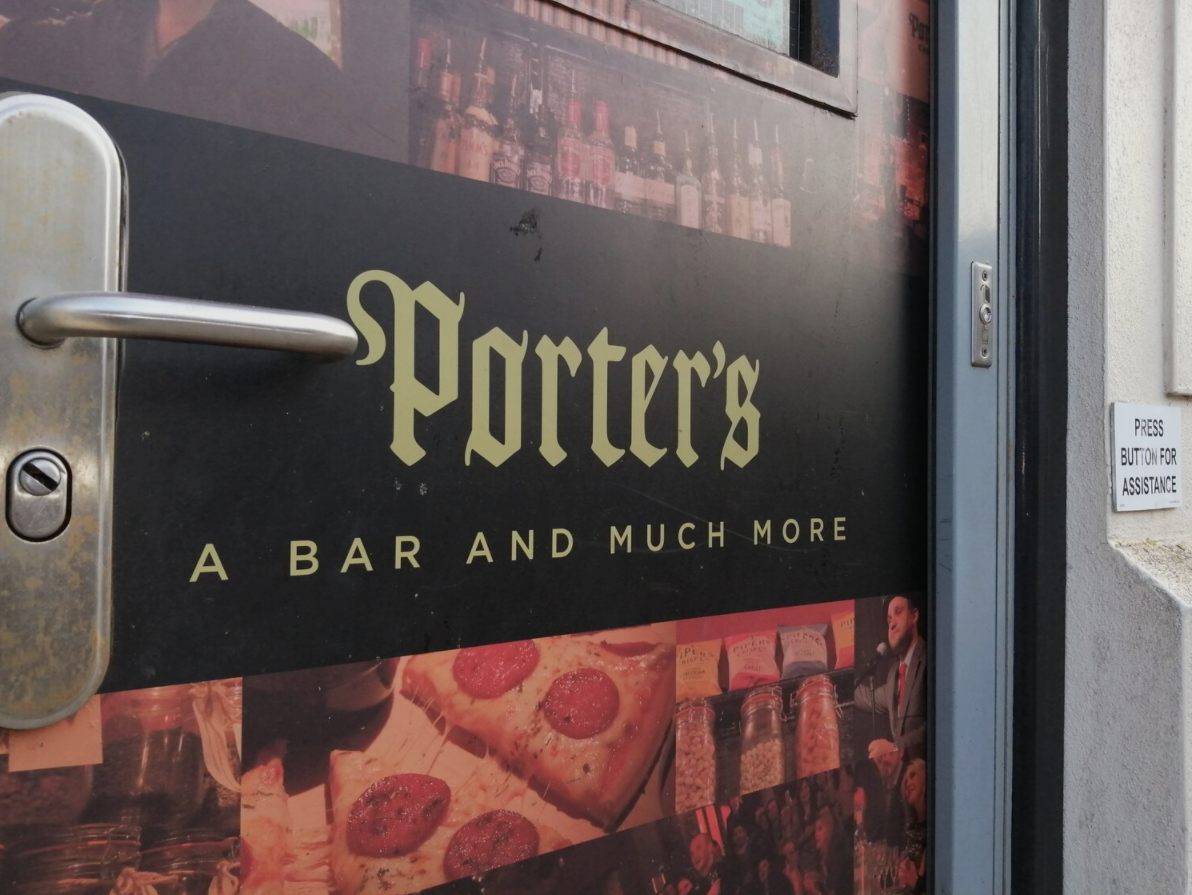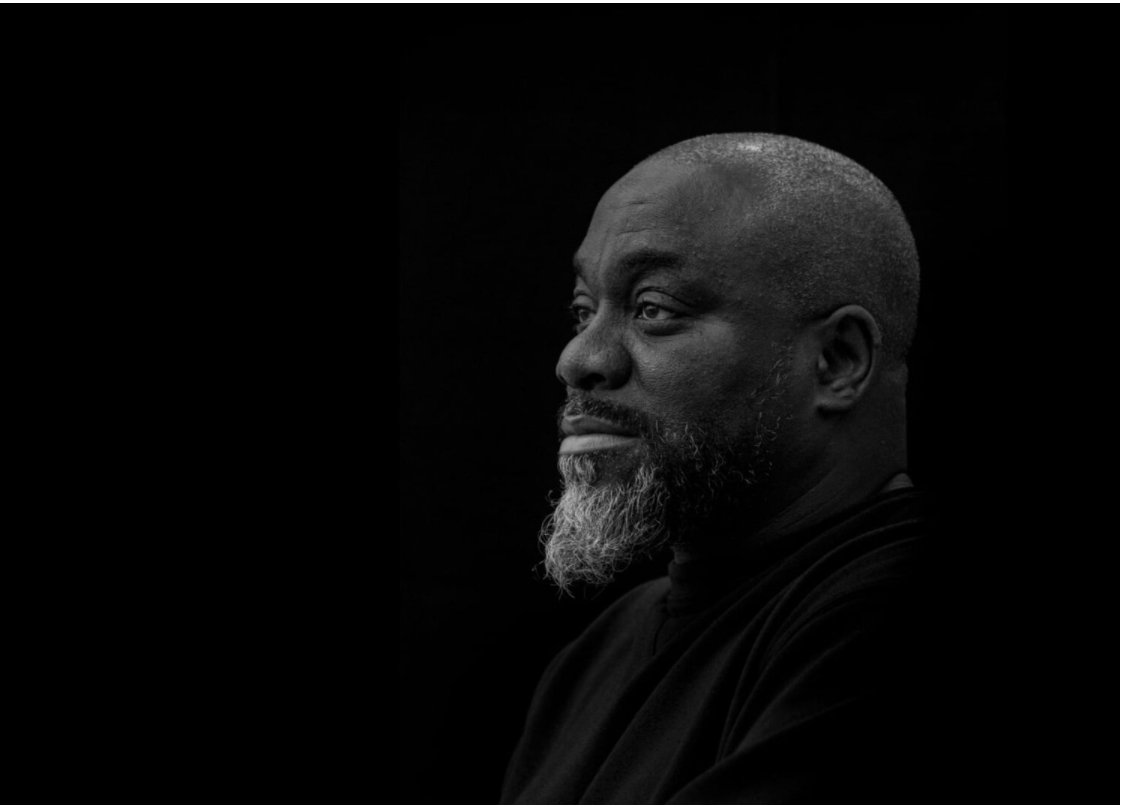
Wales and Slavery: How Black Lives Matter Forced a Reckoning With History
The global wave of Anti Racist protests has found its way into the farthest reaches of welsh society, and is one of the biggest movements the country has seen in decades. But it has also generated a renewed interest in Wales’ relationship to the slave trade, something which those in power have often tried to obscure from popular view . Featuring an extensive interview with Abu-Bakr Madden Al-Shabazz, one of Wales’ leading black historians, this piece looks at the shocking role Welsh figures played in empire and the history of resistance to slavery, both in Wales but more crucially by slaves themselves.
By SC Cook. Cover image by Mahammadien Eshak*
When the people of Bristol collectively tore down a statue of slave trader Edward Colston and threw him into the harbour, it marked a turning point in history.
Just days later, Oxford University announced that its statue of Cecil Rhodes would be soon coming down. In London on 9th June, the statue of slaver Robert Milligan was quietly removed by the local council. On the same day in Belgium, the bust of one of the world’s most genocidal men – King Leopold II- was taken down by authorities after it had been defaced by anti-racist protesters.
Colonial figures which had seemed impossible to dislodge from their historical perches – regardless of how much evidence people could find of their crimes – were suddenly put under review or preemptively taken down.
Here in Wales, the removal of the statue of the slave owner Thomas Picton in Cardiff’s city hall is just the beginning. Now a much wider assessment of the country’s true role in slavery and empire is taking place, spurred on by a street movement against racism that has found resonance almost everywhere, from rural towns to cities and former industrial heartlands.
When I spoke to protesters on the 3,000 strong Black Lives Matter demonstration in Cardiff which took place the day before Colston was torn down, many talked about the need for a true history of slavery and colonialism to be taught. One of those was Jessica Dunrod, who had come with her father, son and mother-in-law. Standing with a placard that read ‘UK black history matters,’ she explained how her surname was Scottish and had come from their ancestor’s slave owner, yet official education had simply ignored the reality of slavery and its ongoing impact on people’s lives and heritage. It was time, she said, to “decolonise the curriculum” and “teach accurate black history.” This article is an attempt to look at the history of Wales and the slave trade, and its context in today’s anti-racist movement.

Thomas Picton and the ‘War Hero’ Myth
“The issue for me is that [people] are aware of the true narrative of what Picton did as a slave owner and as a slave merchant…how he treated slaves under his governorship,” says Abu-Bakr Madden Al-Shabazz, a visiting lecturer at Cardiff University who taught the first Black and African history course at the college.
Born in Haverfordwest in 1758, Thomas Picton was made the governor of Trinidad in 1797, where he tortured and killed slaves, most notably a 14 year old girl called Luisa Calderón.
“How can you have an individual standing in a respectable place and at the same time, when other people in the modern era do exactly the same thing, they are imprisoned. You can’t have it both ways,” says Abu-Bakr, pictured above. On Thursday 23rd July, Cardiff council voted by an overwhelming majority to take down Picton’s statue. The city’s mayor, Dan De’Ath, had led calls for its removal in the wake of recent events.
But despite the role Picton played in the slave trade and his brutal governorship of Trinidad, he has long been celebrated by those in power in Wales because he was the highest serving British officer to die in the Battle of Waterloo.
“People will select and choose what they want from an individual, from an icon. That is fair enough,” says Abu-Bakr. “But you know, let’s give the true narrative. For the colonial subjects that were under their control, the idea of humanity just wasn’t something that came to mind. They were natives, they were savages.”
“It’s not as if the Thomas Picton thing was not a problem before, because when it was erected and put into city hall there were people protesting about it,” he explains .
“There were people who had some idea of the reality empire or the ugly ideals of empire, and that information was being passed down. There was opposition”
In fact the ‘Heroes of Wales’ collection – in which Picton stood for over 100 years – was decided via a public consultation in 1913. The Western Mail ran a competition asking its readers to nominate the top ten ‘Welshmen and Welshwomen’ who should appear in the hall.
But according to the book, ‘A National Valhalla for Wales’ which sits in the National Library of Wales, Picton didn’t receive enough votes to get into the top ten, receiving only 49. Both Picton and Henry VII – the other loser – were still chosen by a panel of three powerful men above the public’s preferred choices – Llewelyn the Great and Griffith Jones, Lllandower. These two popular figures, who had both challenged the British union and helped ordinary people, were vetoed by the establishment, who chose their own instead.
Even the ‘war hero’ defence of Picton is flimsy and begs the question: A war hero for who? The Battle of Waterloo was a battle for the British ruling class, who sent hundreds of ordinary people to die fighting other poor people in a war that was of little interest or benefit to them.
After paying such a huge price in Waterloo, the working class in Wales and Britain as a whole were left in poverty, with no civil rights and didn’t even have the vote. When they did fight for these rights four years later in the Battle of Peterloo, or for decent wages in the Merthyr Rising of 1831, the British military- the latter day Thomas Picton’s – were sent to crush them.
Henry Morgan, Capitalism and Slavery
The relationship between the British ruling class, the military and slavery is inseparable. Colonialism was about preserving and expanding the dominance of the British state and its ruling class, and several Welsh figures were integral to this.
“It’s not just [Picton] you know,” says Abu-Bakr. “If you look at Henry Morgan for instance.[He] was also a governor, so you’ve had a few Welsh governors in the Caribbean.”
“We know he was a pirate, we know he owned over 100 slaves, we know the plantation he had in Jamaica was called Llanrumney. Even I believe the word Rum comes from Rumney and Llanrumney which was a connection to where he came from.”

Born in 1635, Morgan raided Spanish owned colonies in the Carribean and was later Lieutenant Governor of Jamaica. His name lives on perhaps more than any other comparable figure of his time due to the fact that a global brand of rum, Captain Morgan, is named after him.
Morgan amassed a huge amount of wealth that went into places like Newport Road in Cardiff, Rumney and Llanrumney, and built extra buildings in Tredegar House, now owned and run by the National Trust.
“A lot of the money that came from human cargo or the exploitation of people who were considered non human had built town centres and town halls,” explains Abu-Bakr.
“Yeah,” he continues “you can’t glamorise a person, you know, there’s blood on their hands…some of the descendants of those people are living in this city today.”
But only now is the truth starting to come to light in a serious way. An article from as recently as 2018 on the National Trust website about Henry Morgan mentions nothing of slavery. Instead it lauds him as a “remarkable leader and a fearsome conqueror” and boasts of an annual pirate celebrations held in his name at Tredegar House. In response to the surge in anti-racist protests, a disclaimer on the piece has now been added, referring to “challenging histories,” and says a review is taking place on how this will be incorporated in future.
“We really need to look at the reality of Welsh history and the role that Welsh men have played alongside English men and Scottish men in the slave trade, and how their atrocities should not be overlooked,” says Abu-Bakr.
He argues that even those who were themselves exploited in Wales and Britain saw some of the benefits from the industrial development powered by slavery. But with this in mind, he still believes it’s important to make a distinction between the rich and poor in empire’s home nations.
“It’s about money. And you gotta understand, it’s about Capitalism,” he says. “Capitalism is about making money, making profit…and making wealthy people wealthy.”
Capitalism and slavery, he says, are intrinsically linked.
“You couldn’t have it any other way. Eric Williams wrote a book…he was from Trinidad and Tobago, studied in Britain and his book is called capitalism and slavery. And he actually shows that if it wasn’t for slavery, there’ll be no such thing as capitalism… because that’s where mass production really begins, on the plantations.”
Writing in 1846, the philosopher and revolutionary Karl Marx also saw the link between the two, :
“Without slavery there would be no cotton, without cotton there would be no modern industry. It is slavery that has given value to the colonies, it is the colonies that have created world trade, and world trade is the necessary condition for large-scale machine industry. Slavery is therefore an economic category of paramount importance.”
Welsh Industry and Richard Pennant, 1st Baron of Penrhyn
The resources which came from black labour in the Caribbean were transported to the mills and factories of Britain, often on ships owned by slave owners. These rich and powerful men amassed their wealth by investing across an industry which revolved around the buying and selling of human beings.
One such man was the 1st Baron of Penrhyn estate, Richard Pennant, who was born near Bangor in 1737.
“Penrhyn was a classic case, he was part of that triangle of British imperialism,” says Sel Williams, a retired lecturer from Bangor University who has campaigned against the glorification of colonial figures in North Wales.
“He owned docks in Liverpool [and] ships that went from Liverpool to Africa. He was involved in copper goods that went to Africa [and were] exchanged for slaves, ships that went to the Caribbean carrying slaves and the ships that came back to Liverpool. And he was foremost in preventing Wilberforce for several years, if not decades, getting some legislation through to prevent slavery in the British empire.”
For decades however, the National Trust made no effort to educate people who visited Penrhyn castle. Instead, he was lauded as ‘Penrhyn the Improver’ for developing the slate industry in the area.
“There was nothing to inform people that the wealth of the Penrhyn estate was initially based on plantations in Jamaica and on slavery,” Sel continues. “And really, the whole slate industry in that area was financed – a huge chunk of it – on the huge profits that Penrhyn made from his Jamaican plantations run by slaves.”

Many people in Wales have long known about the role played by figures such as Penrhyn in the slave trade, and it has been written about for decades. Black History Month in Wales has worked to educate people on the true history of the country. But in spite of this, institutions like the National Trust have not only hidden the reality of these individuals, but sought to glorify them as well.
One excuse that is sometimes given as to why a slave trader may have been lionised in a prominent statue is that it went up a long time ago. This particular reason does not stand up in Denbigh, however.
Henry Morton Stanley and Genocide in the Congo
Some 450 miles away from the Belgium town of Antwerp- where King Leopold II’s bust was recently taken down – stands another statue, erected in Denbigh only nine years ago, of his right hand man: Henry Morton Stanley. Stanley’s defenders say he was just an explorer who helped ‘discover’ the source of the Nile and is famed for saying: ‘Dr Livingstone, I presume’ . The truth, however, is much darker.
“[Stanley] Is regarded by most people as a racist, obviously an imperialist and someone who really in Victorian times, went around Africa with a machine gun…” says retired lecturer Sel Williams, who helped lead a campaign against the statue going up in the first place.
“He was the agent of Leopold II, who was the king of Belgium and who turned the Congo into his private colony.”
The effect of Leopold’s reign was devastating and brutal. As a result of his actions in the soaring market for rubber which grew in the Congo “maybe somewhere between 8 and 10 million people died,” explains Sel.
Leopold turned the Congo into a labour camp, where people had to gather their quota of wild rubber from the trees. “If they didn’t reach their quota their hands would be cut off,” says Sel. “There are still photographs of hands removed and the soldiers that were part of Leopold’s private army, they were given bonuses according to the number of hands they reported.”
“He [Stanley] worked directly for Leopold and his task was actually to negotiate with tribal chiefs or leaders in the Congo…But you know, you’d exchange bottles of gin for some sort of singing of documents that really gave rights to Leopold… It was deceit really.”
If the deceit failed, Stanley would simply kill people instead. “His explorations were like military expeditions and anything that stood in his way, they’d be shot.”
A small group of people from the area – including Sel – campaigned against the statue at the time in 2011 and managed to gather the names of 50 prominent figures, including the poet Benjamin Zephaniah, in a petition against Stanley.
Even though there was no great enthusiasm for Stanley, he went up anyway, paid for with European Union arts funding. Incidentally, one statue of Stanley that was torn down is in the Congo itself, where independence protesters chopped off his stone feet in 1971, in reference to the rampant mutilation of black people under Leopold II.
In the Black Lives Matter protest which took place in Denbigh, protesters took the knee and turned their backs to Stanley. Across North Wales, people have reported some of the biggest protests towns have seen in decades. As a result, the local council have decided its future will now be decided via a public consultation.
“The crucial thing is a far wider debate about colonialism and imperialism and the racism that is inherent in imperialism….,” says Sel Williams. “The big picture for me is that [the movement] has made it very clear that really there isn’t a fence you can sit on. Either you are anti racist or you’re not…Black Lives Matter has sort of shaken the fence.”
The Abolitionists in Wales and the Limits of Parliamentary Reform
In shaking the fence, the movement has created a space not only for the teaching about the history of slavery and its horrors, but also an alternative history of rebellion and resistance.
In Denbigh, the abolitionist Robert Everett, who was born in 1971 in Gronant, Flintshire, has recently been discussed for an honour by the town council. As a young man, Everett emigrated to America and helped found the New York State Anti-Slavery Society, and utilised the growing number Welsh language publications in the states to argue for abolition.
And in 1839, he became involved in the campaign to free the Amistad rebels, a group of 52 slaves who on July 2nd, 1839 overthrew their Spanish captors aboard the Amistad ship. Resistance to the idea of honouring Welsh slave owners is also provoking interest in which abolitionists might be honoured instead.
A street that was recently named “Ffordd Penrhyn” in the Vale of Glamorgan generated a protest against the notion of honouring the slave owner. Even though there was an online debate about whether or not the street was named after Pennant or simply meant the Welsh word for headland, it nevertheless brought the issue to the fore.
One suggestion of what could replace ‘Frodd Penrhyn’ was the name of William Williams of Pantycelyn, an early abolitionist who not only wrote against slavery in the Welsh language, but who also translated first hand accounts from former slaves into Welsh.
“If he was alive today, I’d like to think he’d be rallying at our protests with us,” says Bianca Ali of Black Lives Matter Cardiff and the Vale, who helped organise the protest.
Williams was an early recruit to what was a growing movement against slavery in Britain. In 1787 in a London bookstore run by the Quakers – the only religious denomination in Britain that took a principled stand against slavery – a committee of just 12 men formed with the ambitious aim of abolishing slavery. One member of the committee was William Dilwyn, an American Quaker of Welsh descent.

According to the historian and author Adam Hothschild, the committee’s firebrand travelling organiser Thomas Clarkson rode 35,000 miles by horseback throughout Wales, Scotland and England setting up local anti-slavery committees. Inspired by ideas of freedom and liberty that were gripping the world at the time, and horrified by the stories they heard about slavery, the movement grew in size and influence and was one of the most successful of its kind in history. It was soon seen as a threat by the slave industry itself.
It encapsulated people like John Elias from Anglesey – an evangelist who preached against slavery in Britain’s biggest slave port, Liverpool. One of Wales’ most famed abolitionists was the poet and radical Iolo Morganwg. His shop in Cowbridge refused to sell slave produced sugar, part of the first political boycott in history which was one of the anti-abolition movement’s key tactics.
Morganwg’s brothers were slave owners, however, and after initially refusing financial help from slave owning enterprises, he eventually took £100 from his brother’s will in 1815.
In fact the wider contradictions around the history of abolition and its official re-telling are often left out of official discourse.
When the first major piece of legislation against slavery was passed in 1807, only the trade in slaves was abolished, not slavery itself. This increased the exploitation of black people in the tropics exponentially, says Abu-Bakr Madden Al-Shabazz, who also works as an educational consultant in Cardiff.
“Because there was a shortage of labour, black people in the English speaking Caribbean islands were being worked to death,” he explains. “And women now have been forced to become impregnated as young as nine years old to try to produce the next slave population. So on paper it looked good, but in reality for the slaves, it was a horrific system.”
The issue was that plantation owners were still trying to extract the same amount of resources from the land, but now with less labour. Some abolitionists looked the other way.
“You start to see the exploitative element, torture, increase,” says Abu-Bakr. “And some of the abolitionists unfortunately started to say ‘well, if we’re going to torture them, let’s do it in the nighttime.’ So not all of them were innocent people.”
He says that even though many in the abolition movement in 1807 saw black people or slaves as their fellow brother and as a human, “they didn’t necessarily see them as their equal. And this is really important.”
The more radical element of the abolition movement – that was separate from MPs like William Wilberforce – renewed their efforts to fully abolish slavery and related their campaign to the growing movement for workers rights in this country. In the 1832 election campaign, they used the slogan: “End slavery at home and abroad.”
But even when slavery was eventually abolished in 1833, it was only done so after agreeing to pay the slave owners £20 million in compensation. “That was equivalent to the GDP in this country of 40%… they gave that to the plantation owners of the Caribbean, and not a penny was given to the slaves. That money was only paid off in 2015. And they never even told the public.”
On top of this, when the American Civil war exploded in the 1860’s, Britain initially backed the Southern states, who were fighting to keep slavery, and accordong to Abu-Bakr even used industrial bases in places like Swansea and Merthyr Tydfil to arm the South.
Slave Rebellions and the History of Black Resistance
Part of the reason that abolition is so riddled with contradictions is because it was driven – from the perspective of the ruling class at least – by a need to stabilise the early capitalist system rather than a desire to free slaves. It was in fact rebellions by slaves themselves that were making the system impossible to maintain and which forced abolition.
“It was more to do with that than what took place in Parliament because plantations were burning,” says Abu-Bakr. “The amount of sugar or cotton or indigo wasn’t coming here. It was de-stabilising the economy in this country.”
He tells me that one solution for the establishment was to abolish slavery in order to “get that wealth flowing back into the hands of the [wealthy], who lost quite a bit due to slave uprisings.”
Black people themselves are rarely given any agency of their own in the history of abolition, but this has to be an integral part of the process of learning unleashed by the wave of anti-racist protests.
“One of the problems with the historical narrative,” explains Abu-Bakr, “is that they focus more on the abolition of slavery and the slave trade as being a product of the West or Britain…as opposed to the slaves, or former slaves or free people, who gave their lives for their fellow enslaved brothers and sisters, and I think this is the missing narrative in all this…If it wasn’t for the physical rebellions that took place in the Caribbean Islands, the thing wouldn’t have ended”
“The abolition movement just made it aware in parliament but the reality is the plantocracy had elements of power. They weren’t listening to parliament. They didn’t even like the fact that parliament was debating abolishing the slave trade.”
What threatened the plantation owners was not so much MPs back in Britain but slaves rising up.
Two years before parliament passed the abolition of slavery act, a revolt lasting eleven days and involving some 60,000 slaves in Jamaica – where Picton, Pennant and Morgan had all operated – shook the British empire to its core.
The biggest revolt ever to hit a British colony, the Sharpe Rebellion began as a strike in one area and quickly spread like wildfire into something that looked like a revolution. Led by the slave and baptist preacher Samuel Sharpe, the rebels took ownership of plantation property, ousted the slave owners, killed 14 of them and sought to run sugar production themselves.
In general it was a time of revolution and uprisings. The American revolution of 1765 was followed by the French revolution of 1789.
In the South and East of England in 1830, agricultural workers rose up in what was known as the Swing Riots. A year later in 1831, the Merthyr Rising unleashed a rebellion which saw some 7,000 to 10,000 workers march under the communist red flag, fight British troops, sack debtors offices and demand a rise in wages and a reduction in the price of bread.
This was a world in turmoil, and the slave revolts were not some separate struggle, but one its critical elements. The most significant of these was the Haitian revolution, an event of huge historical significance but one that it is rarely discussed in popular history.
Led by slaves and former slaves under the command of the general and revolutionary leader Toussaint L’Ouverture, the uprising took place in the French colony of Saint-Domingue from 1791 to 1804. Coming shortly after the French revolution, it culminated in the formation of the sovereign state of Haiti. As a result, slavery was totally abolished and those who were once captured formed a new government. Haiti was the first independent black republic in the world, the first independent state in the Caribbean and the second independent state in the Western Hemisphere. Sam Sharpe, leader of the largest slave revolt in a British colonyToussaint L’Ouverture, leader of the Haitian Revolution
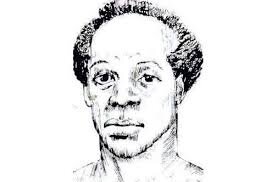
Sam Sharpe, leader of the largest slave revolt in a British colony 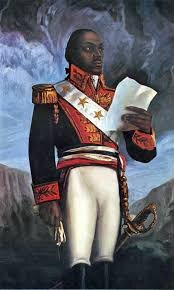
Toussaint L’Ouverture, leader of the Haitian Revolution
In his groundbreaking account of the revolution, The Black Jacobins: Toussaint L’Ouverture and the San Domingo Revolution, the Marxist CLR James wrote of the uprising:
“The blacks were taking their part in the destruction of European feudalism begun by the French Revolution, and liberty and equality, the slogans of the revolution, meant far more to them than to any Frenchman.”
“The Haitian Revolution was a shocking thing because we know that it destroyed the French economy,” Abu-Bakr says. “France was so poor after 1804.”
It was a huge blow to Napoleon, who needed the money to fight wars and expand the French empire following the revolution. Slaves are rarely if ever given this level of historical influence in official accounts, but their struggle was in fact the true engine of history, rather than any single abolitionist.
“If you’re gonna look at the word democracy,” Abu-Bakr tells me. “Haiti is the truest democracy of all….they abolished slavery in its totality, they allowed elections in the country, and they allowed women to vote. So the first people to allow women to vote in democratic elections were black people. Western countries never started doing that until the 1920s.”
After the Haitians kicked out the French their former colonial rulers made them take out loans to compensate former slave owners which meant that Haiti became trapped in a cycle of debt and domination by international financial institutions, the impact of which is still felt today.
A new phase of history
The Haitian revolution of 1804, and other slave rebellions, have largely been whitewashed from official history along with the role of Welsh slave owners and colonialists. Now, says Abu-Bakr, this has to change.
“Because we’ve been omitted from the history of the Welsh experience,” he says, “we had to call it black history, but it’s part of Welsh history.”
“If we’re looking at Henry Morgan and Picton, it links to the Caribbean as many of them brought slavery into Wales. So we have to look at that type of history as well… we need to start teaching things which have been omitted from the history books, like the vote for women [in Haiti]”
This new process of education must involve black scholars: “let’s put our stake in it, because many of us are third, fourth, fifth generation Welsh born in this country.”
What is clear is that the historic events of the last few months have opened a door that cannot be shut.
“We need our side of the story told,” says Abu-Bakr. “But what we don’t want is for black history just to begin and end in slavery. Our history is long before slavery. And our history is long after slavery.”
IF YOU VALUE OUR WRITING, PLEASE SUBSCRIBE FROM JUST £3 PER MONTH: WWW.PATREON.COM/VOICEWALES
*Cover image copyright Abu-Bakr Madden Al-Shabazz

